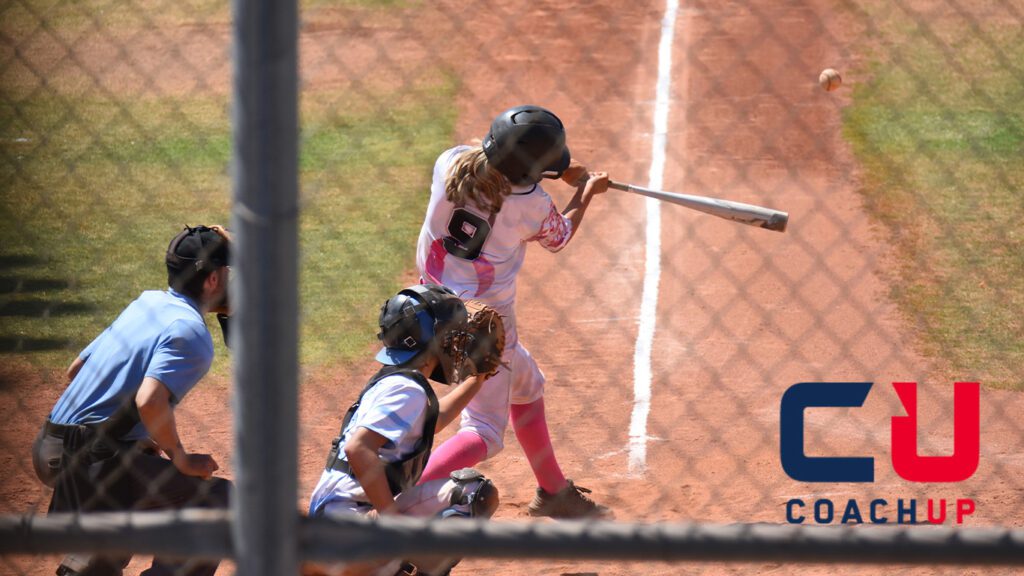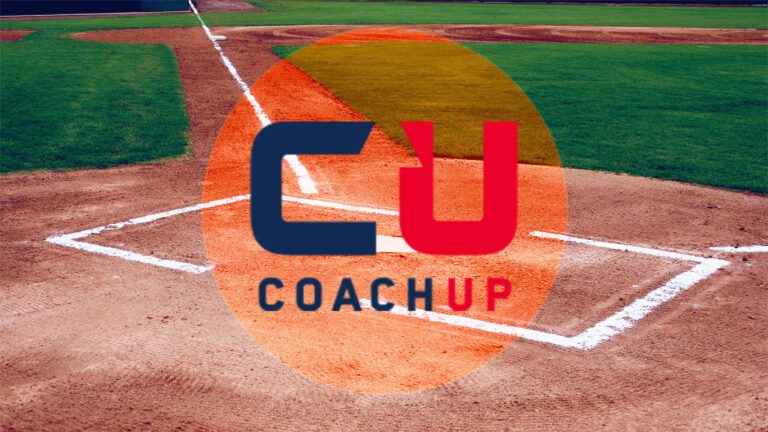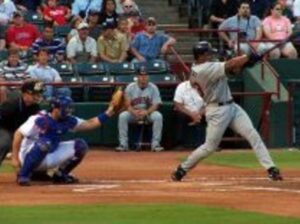The infield fly rule was in the spotlight after the 2012 National League Wild Card game. Many said that umpire Sam Holbrook’s ruling of an infield fly was erroneous, and that it cost the Braves their season. The fans at Turner Field threw drinks and trash onto the field in protest, and caused a near 20-minute delay. The kicker to the situation, is that while Holbrook was a bit late in signalling the call, he applied the rule correctly.
As an umpire who has worked in competitive baseball for years, I have called the infield fly rule countless times. I take pride in fully understanding the rules of the game. Both the Official Baseball Rules (OBR) and National Federation of State High School Associations (NFHS) rule sets. This is how I came to fully understand the infield fly rule, and learned how to apply it properly.
What is an infield fly?
In NFHS, the infield fly is defined as follows:
“An infield fly is a fair fly (not including a line drive nor an attempted bunt) which can be caught by an infielder with ordinary effort, (rule does not preclude from being allowed to attempt to make the catch) and provided the hit is made before two are out and at a time when first and second or all bases are occupied.”
NFHS 2-19
OBR outlines the rule similarly:
“An infield fly is a fair fly ball [not including a line drive nor an attempted bunt] which can be caught by an infielder with ordinary effort, when first and second, or first, second and third bases are occupied, before two are out.”
OBR 2.00
Reading the definition of the infield fly rule straight from the rules book, it’s subjective element becomes clear. Ninety-nine percent of infield fly rule applications are standard, non-controversial situations. However, the “ordinary effort by an infielder” portion of the rule can cause confusion.
The 2012 Wild Card Game instance became contentious for that exact portion of the rule. Many often forget that the infielder does not technically need to be on the infield dirt, nor do they even need to attempt to make the catch for the infield fly rule to be applied.
So what defines ordinary effort?
If an infielder can, in the judgement of the umpire, make the catch without making an extraordinary play.
Ordinary effort is described as camping under a pop fly or backpedaling from the infield to make a catch. With a catch potentially being made with such ordinary effort, the infield fly rule would be applied. Examples of an extraordinary play include an infielder catching the ball over his shoulder or diving to catch the ball.
The misconception that an infielder must be camped for the rule to be applied is entirely false. The rule is in place to protect baserunners from being deceived by the defense. If the defense intentionally drops a routine pop up near the infield, they could easily double off the runners.
The biggest issues I have had with the infield fly while on the field are coaches complaining about the infielder being in the outfield grass or not being camped. While I attempt to educate the coaches on the exact terminology of the rule, some are so confused with “infield” being the name, that they forget the purpose of the rule.
Coaches should have a copy of the rule book which their league plays under, and parents should be informed of the rules as well. The infield fly rule can lead to controversy, but with all of the information above, you can make informed contributions to the situation.

With our 100% money-back guarantee and vetted coaches, anyone can achieve their full athletic potential. CoachUp is the safest and easiest way to find a coach for personalized training. Find your perfect coach today and become the athlete you want to be!
How useful was this post?
Click on a star to rate it!
Average rating 3.3 / 5. Vote count: 162
No votes so far! Be the first to rate this post.




20 Responses
Unfortunately, your explanation of the rule citing NFHS is incorrect. I am sure it is just a typo on your end. In your explanation above while citing NFHS states “…the hit is made before two are out and at a time when first or second or all bases are occupied.” This is not correct. It is when first AND second, or all bases are occupied. Your “or” in the above should be an “AND.”
Probably it was a typo. The rule applies when it’s a forced out situation and the runners must run.
I don’t think it’s so helpful because I’m just want to know what the infield fly rule is and I want to know why it is called
It’s called to protect the runners from being caught between two choices. If they don’t move, fielder can drop intentionally and get a double play throwing at 3rd and 2nd base. If they move, fielder can catch and throw to 2nd base for an easy double play.
It should also be pointed out that the infield fly rule applies to everyone playing the infield/infield positions. This also includes “outfielders.”
Ty for making mu understanding of the rule more unclear now ?
Why is not applied with a runner solely on first base?
If there were just a runner on first the only advantage the defensive team would have by letting the ball drop is to get the lead runner out at second so no need for the rule to be used .
not if the batter is particularly slow and or gives up his run expecting the infielder to catch the ball… the runner on first takes a few steps off the bag towards 2nd nut then expects the ball to be caught also… but.. the infielder(first baseman purposely drops it… steps on first and gets the runner out and thevrunner who was two steps off first cant get back so he tries to run to second but gets caught in a “rundown” eventually being tagged out… in this game im referencing the umps let the double play stand… but i dont think they should have… its on you tube.. real game, real umps.. but apparently only SOME of the rules… 😅🤣
That’s on the runner. Always run a base hit out. Always
The point is that in a situation where there isn’t a force out (runner on 2nd/3rd only), the runner doesn’t have to go. He shouldn’t think there’s a possibility to drop an easy fly in the infield and take the next base. Or if he’s on first and will have to move when the hitter takes first base, if the fielder drops it on purpose there isn’t a way to turn a double play. The hitter will have already gotten to first, and the runner who didn’t go thinking it would be caught would be out at second. In that case, either way, if he catches it then the hitter is out and the runner stayed at first, there’s a guy on first with an out now. If the fielder drops it on purpose and first base didn’t run to second, there’s an out at second if the fielder throws there. Same result, there’s a runner at first (the hitter this time) with one out recorded. There’s no benefit to the defense in that case and it’s actually a liability because there actually is a chance for first base runner to make it to second and have two runners with no out recorded. There has to be a benefit to the defense of a double or triple play in order for the rule to be called.
Not quite. An infielder could let it drop, throw the hitter out at first, then catch the runner who was originally on first, in a run down.
So the infield fly rule doesn’t apply with runners on first and third and there are less than 2 outs?
What if the infield fly rule is called, the ball is not caught and bounces foul. Is the batter still out and in field fly stays in effect?
The rule states it must be a fair ball, so no, there would be no out. The ump would simply call foul ball and that negates his earlier call of infield fly.
If there is only a runner on first and there is a pop-up to the shortstop couldn’t he let the ball drop on purpose and play it like a typical ground ball 6-4-3 double play?
Poster defines which hits can be called infield fly, but does not define that it means the batter is out, nor the rights of base runners. You need to convey the rest of the rule regarding infield fly.
Is the ball dead at that point or can play continue?
This explains the conditions under which the rule applies, but not what the rule is. I want to know what the rule means…what can/cannot happen when the conditions exist?
Correct me if I’m wrong, but if the infielder doesn’t catch the ball (makes an error), the runners can advance at their own risk. The rules only apply to the batter. This just happened in a game I recently played in.